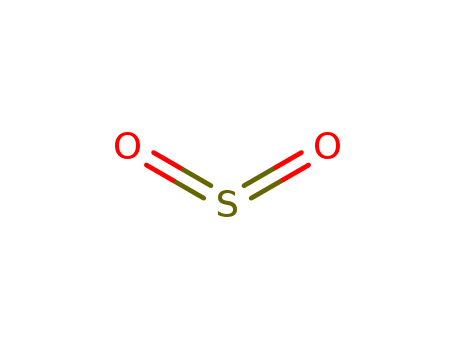10.1039/c5ob02514a
The research focuses on the development of a palladium-catalyzed coupling reaction for the synthesis of N-aminosulfonamides, an important class of compounds found in natural products, pharmaceuticals, agrochemicals, and materials. The study utilizes aryl nonaflates, sulfur dioxide, and hydrazines as reactants in the presence of a palladium catalyst (Pd(OAc)2/XantPhos) and the phase-transfer catalyst TBAB in 1,4-dioxane at 80°C. The reaction scope was explored with various aryl nonaflates substituted with different functional groups, demonstrating good functional group tolerance and moderate to good yields. The experiments involved optimizing reaction conditions, such as catalyst choice, base, solvent, and temperature, to achieve the best yield of the desired N-aminosulfonamides. The analyses used to characterize the products included nuclear magnetic resonance (NMR) spectroscopy and high-resolution mass spectrometry (HRMS), which confirmed the structure and composition of the synthesized compounds.
10.1016/j.tetlet.2004.04.111
The study presents a new method for the ortho-substitution of anilines and the synthesis of indolines. The process begins with a radical addition of a xanthate to a vinyl sulfanilide, leading to the formation of a dihydrobenzoisothiazole dioxide structure. This intermediate loses sulfur dioxide upon heating to yield a 2-substituted aniline. In some instances, the presence of DBU during heating induces the formation of an indoline. The vinyl sulfanilides are prepared from 2-chloroethylsulfonyl chloride and anilines. The xanthates used in the radical addition can be benzylic, tertiary, or substituted with electrophilic groups like nitriles, ketones, or ketoesters. The study explores various substituents on the nitrogen and the aromatic ring, finding that electron-withdrawing groups facilitate the formation of indolines. The method is notable for its use of readily available starting materials and reagents, and its potential to access compounds that are difficult to obtain through classical approaches.
10.1039/c39930001592
Wilhelm Keim and Jurgen Hennrig describes a method for synthesizing S-alkyl alkanethiosulfonates and sulfonic acids from sulfur dioxide, alkenes, hydrogen, and a cationic palladium(II)-diphosphine complex. Sulfur Dioxide (SO2), a colorless gas with a pungent, is one of the main reactants used to synthesize S-alkyl alkanethiosulfonates and sulfonic acids. It reacts with alkenes and hydrogen in the presence of the palladium catalyst to form the desired products. The reaction involves the addition of sulfur dioxide across the double bond of the alkene. The reaction is conducted at temperatures above the ceiling temperature of the SO2-alkene copolymer to avoid polymerization and achieve high selectivity. The study found that the reaction rate increases with temperature, reaching 10950 g mol-1 h-1 at 100°C for propene, and that the diphosphine ligand dppp (1,3-bis(diphenylphosphino)propane) provides optimal reaction rates.



 T
T
 T:Toxic;
T:Toxic;

